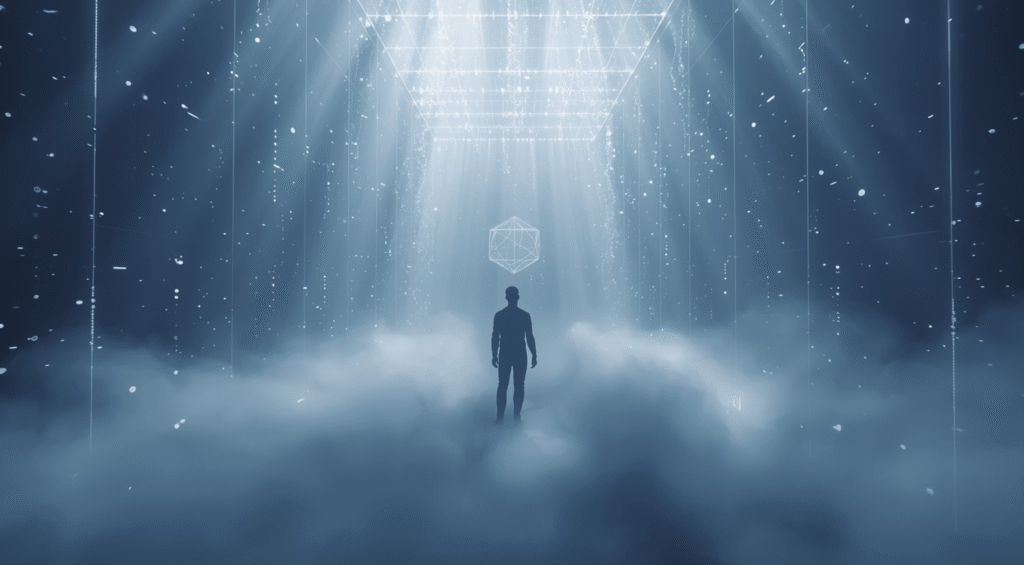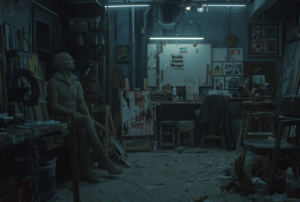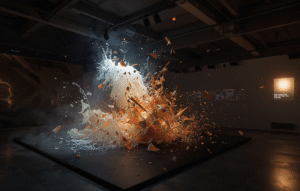When Art Meets Technology: The Aesthetics of Virtual Worlds

Throughout history, art has reflected the tools of its era. Brushes, cameras, and computers have each shaped how people express imagination. In the twenty-first century, technology has evolved beyond its role as a mere medium, it has become a creative partner.
Virtual worlds now act as laboratories for emotion and design. They merge engineering with aesthetics, offering environments where participation replaces observation. Within these immersive spaces, light, sound, and data form a new visual language. The result is not simply innovation but transformation, a redefinition of how beauty is perceived and experienced.
The Shift from Object to Experience
Traditional art once occupied tangible space, a painting, a sculpture, or a stage. Its existence depended upon physical form. The digital transition removed those boundaries. Artworks became fluid, accessible, and collaborative.
In virtual settings, artists compose with movement, light, and code. Viewers no longer stand before an image, they navigate through it. Each encounter unfolds differently, shaped by motion, interaction, and perception.
The beauty of these environments lies in their adaptability. They evolve and respond to engagement, creating personal connections. Interactive spaces, such as those designed within Slots Island Casino, demonstrate how visual rhythm, tone, and balance can direct attention and evoke emotion. Here, technology becomes not only the medium but also the performance itself.
Immersion as the New Aesthetic
Immersion defines digital art’s new aesthetic. Instead of representing the world, virtual art constructs alternate realities. Perspective, time, and sensory depth combine to produce environments that can be entered rather than observed.
The immersive experience replaces the still frame with continuity. It unfolds through sound and movement, mirroring the rhythm of memory and imagination. The digital artist becomes both storyteller and engineer, blending logic and emotion into a unified sensory framework.
In such worlds, participants no longer merely perceive beauty, they inhabit it. Emotional resonance emerges through presence, from the feeling of being inside the creative act instead of remaining outside it.
Technology as Co-Creator
In the modern creative process, technology serves as collaborator as much as tool. Algorithms interpret colour, generate form, and alter structure in real time. Artificial intelligence and procedural systems introduce unpredictability that mirrors human intuition.
This cooperation challenges traditional ideas of authorship. The artist defines the rules, while the system discovers the possibilities. Together they create a dialogue between discipline and chance, between control and spontaneity.
Such collaboration transforms creativity into process rather than product. The outcome is a fusion of intuition and computation, where imagination gains precision and structure acquires sensitivity.
Constructing Digital Environments
Designing virtual spaces demands aesthetic awareness akin to architecture. Artists choreograph light, rhythm, and movement, ensuring that each element contributes to a coherent emotional experience.
Virtual architecture follows principles of harmony and proportion but is animated by code rather than material. The digital environment must feel balanced, intuitive, and alive.
The structure of platforms such as https://slotislands.com/ demonstrates how artistry defines digital engagement. Transitions, colours, and spatial rhythm reveal design thinking shaped by emotion and clarity. In such systems, composition is experienced rather than observed.
Emotion and Digital Beauty
Emotion remains central to the aesthetic experience, even in virtual form. Technology changes the means of delivery but not the human capacity to feel. Digital art uses immersion to communicate emotion directly through experience.
Artists working with digital media shape atmosphere instead of texture. Shifts in sound or pacing act as emotional cues, replacing brushstrokes or contour. The purpose is not representation but resonance, the translation of feeling into interaction.
Within this structure, precision and poetry coexist. A sequence of colours or a subtle delay in motion can evoke reflection, wonder, or empathy. Design becomes language; interaction becomes emotion.
The Philosophy of Digital Creativity
When art and technology intersect, they provoke philosophical questions. If a digital system produces beauty, who is the creator, the algorithm or the human who programmed it? Does creativity belong to intention, or to emergence?
Digital aesthetics reframe the concept of authorship. The artist becomes a designer of conditions rather than outcomes, constructing systems that encourage variation and response. Art is no longer a fixed object but a living relationship between human direction, technological agency, and audience participation.
This perspective mirrors wider cultural change, from ownership to engagement, from static product to evolving process. Meaning now grows through interaction, not through permanence.
The Human Element in Digital Expression
Despite its reliance on automation, virtual art remains rooted in human perception. Every system begins with imagination, the urge to turn an idea into experience. Technology amplifies this instinct but cannot replace it.
Platforms such as Slots Island Casino exemplify how design transforms data into aesthetic form. Each colour choice, movement, and transition reflects human judgment and taste. Behind every algorithm lies a sense of harmony that only creativity can define.
Technology extends the artist’s reach, but emotion gives it purpose. The beauty of digital creation depends upon empathy as much as upon engineering.
The Future of Aesthetic Experience
The future of art lies in responsiveness. As technology advances, virtual creations will become increasingly adaptive, shaped by gesture, emotion, and behaviour. Viewers will not simply interpret art; they will influence it.
Art will exist as both process and presence, constantly rewritten through engagement. The boundary between artist and audience will continue to dissolve.
Projects such as Slots Island Casino already point toward this direction. By merging design precision with sensory interaction, they demonstrate how digital environments can evoke emotion and thought simultaneously. The coming age of art will integrate intelligence and intimacy, logic and wonder.
The Infinite Dialogue Between Art and Code
The meeting of art and technology has not replaced tradition; it has expanded it. Virtual worlds represent humanity’s newest space for exploration and meaning. They transform creativity from observation into participation.
Digital aesthetics are defined by motion, response, and continuity. Artists now compose with data, light, and time, crafting experiences that evolve rather than objects that endure.
Technology has not diminished art; it has magnified it. Within virtual space, imagination finds no limit. Each digital creation reflects the same timeless aim that has always guided artists, to transform perception into beauty and experience into understanding.








1 Comment on "When Art Meets Technology: The Aesthetics of Virtual Worlds"